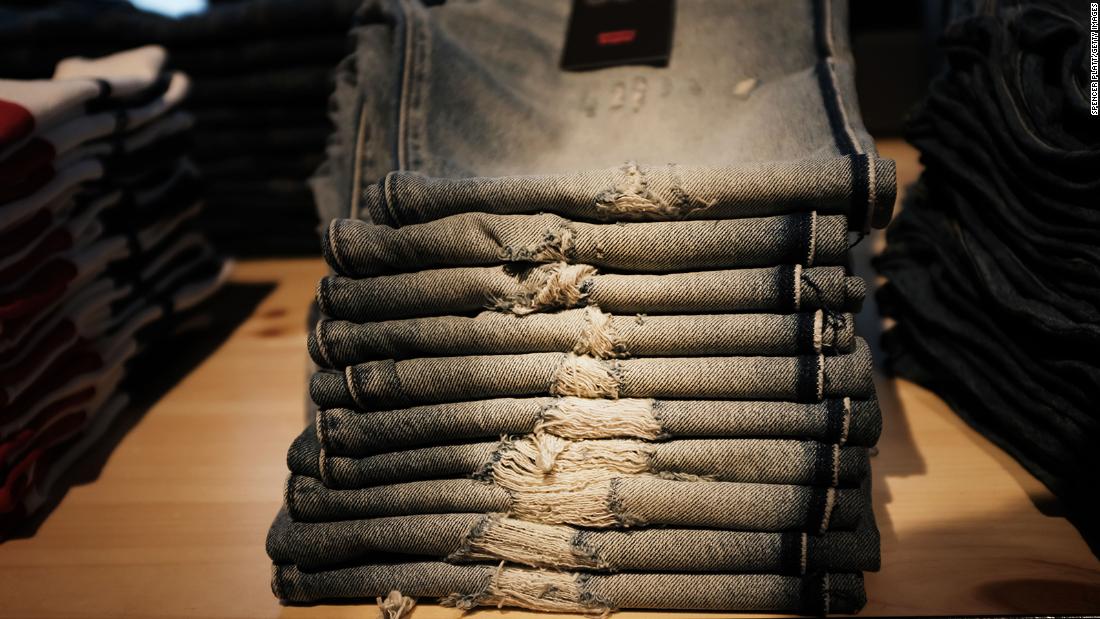
Cotton futures climbed 4% to nearly $1.09, the highest level since September 2011. The commodity is up 22% in the past two weeks alone.
The cotton spike could eventually be passed along to consumers in the form of higher prices on jeans, T-shirts and other clothing.
Consumer prices on apparel were already on the rise and the rally in cotton futures could drive prices even higher.
Apparel prices climbed 4.2% during the 12 months that ended in August, according to the government inflation report. Prices rose even more on men’s shirts and sweaters (4.4%), men’s pants and shorts (6.6%) and women’s dresses (11.9%).
Analysts blamed the cotton rally on several different factors, including extreme weather. Droughts and heat waves have wiped out cotton crops in the United States, the world’s leading cotton exporter.
“It’s a shortage situation. The planting season did not go that well,” said Robert Yawger, director of energy futures at Mizuho Securities.
Yawger said traders on Wall Street have driven cotton prices even higher in recent days.
“All the speculators started to jump in, exacerbating a tight market,” he said.
At the same time, demand has been very strong, especially from China. The heavy demand from China could reflect a side effect of US trade policy.
In December 2020, the Trump administration blocked US companies from importing cotton and cotton products originating in China’s western Xinjiang region due to concerns about forced labor.
Analysts say those penalties, which remain in place during the Biden administration, have caused some Chinese companies to buy US-grown cotton, make goods with it and then sell the products back to the United States and other markets.



